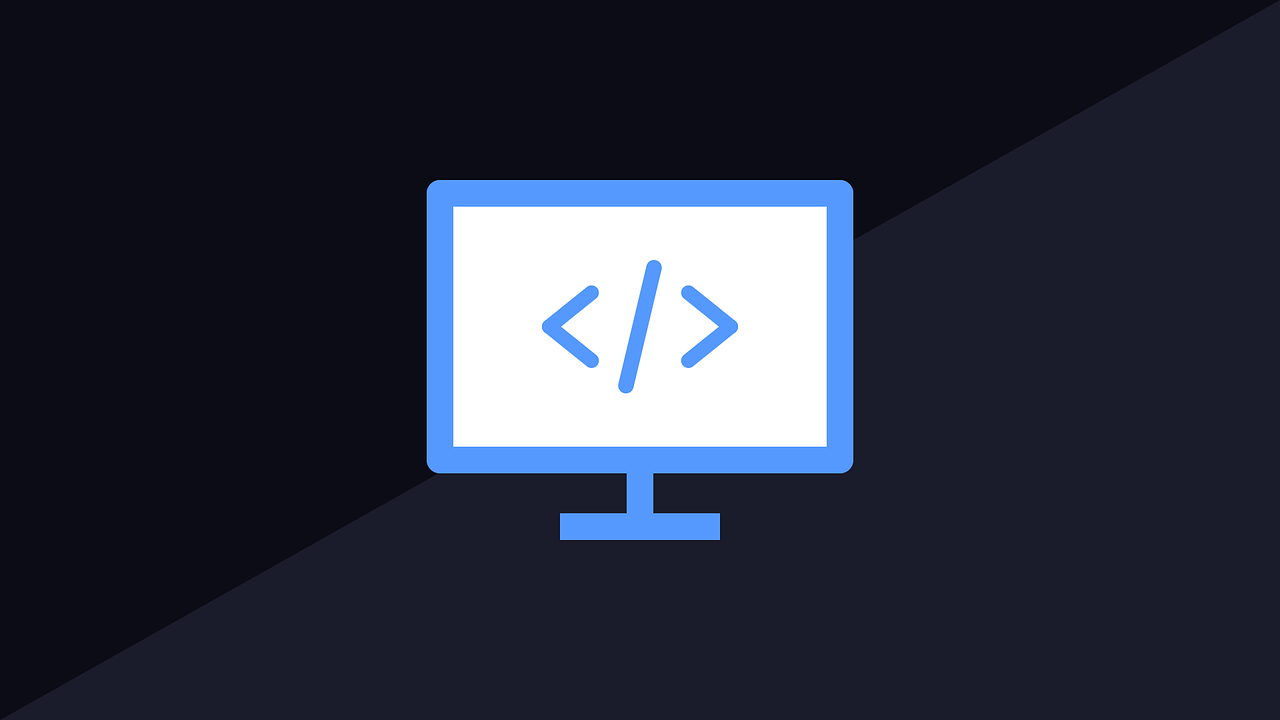CSS Grid vs. Flexbox
 Victor Uzoagba
Victor Uzoagba
One of the critical aspects of a web developer's job in the area of web development is the ability to create responsive, beautiful layouts. Among the most powerful tools in a developer's arsenal for accomplishing this task are CSS Grid and Flexbox. Each has different strengths and is better aimed at different tasks; it is, therefore, very important to understand when and how to use either. This article explains the details of CSS Grid and Flexbox and shows their differences, use cases, and gives practical examples.
CSS Grid: An Overview
CSS Grid is a two-dimensional layout system, meaning it can handle both rows and columns. It is incredibly versatile and allows for complex layouts with ease. Here are some key features:
Two-dimensional control: Unlike Flexbox, which is primarily one-dimensional, CSS Grid allows for control over both rows and columns simultaneously.
Explicit grid definition: Developers can define both the rows and columns explicitly, giving precise control over the layout.
Grid areas: Named grid areas can be used to simplify layout definitions, making the code more readable and maintainable.
When to Use CSS Grid
CSS Grid is ideal for more complex layouts where you need to control both rows and columns. Here are some scenarios where Grid shines:
Page layouts: Creating the overall structure of a web page, such as header, footer, sidebar, and main content areas.
Responsive design: Adjusting layouts for different screen sizes and orientations.
Complex components: Designing components that require precise placement and alignment of elements in both dimensions.
How to Use CSS Grid
Here is a basic example of using CSS Grid to create a simple page layout:
.container {
display: grid;
grid-template-columns: 1fr 3fr;
grid-template-rows: auto;
grid-template-areas:
"header header"
"sidebar main"
"footer footer";
}
.header {
grid-area: header;
}
.sidebar {
grid-area: sidebar;
}
.main {
grid-area: main;
}
.footer {
grid-area: footer;
}
<div class="container">
<div class="header">Header</div>
<div class="sidebar">Sidebar</div>
<div class="main">Main Content</div>
<div class="footer">Footer</div>
</div>
Flexbox: An Overview
Flexbox, or the Flexible Box Layout, is a one-dimensional layout method designed for arranging items in a single direction, either as a row or a column. Key features include:
One-dimensional control: Flexbox manages layout in one dimension at a time (either row or column).
Flexibility: It provides powerful alignment capabilities for distributing space within a container.
Simple alignment: Easily align items vertically and horizontally.
When to Use Flexbox
Flexbox is best suited for simpler, one-dimensional layouts where items need to be aligned in a single direction. Some common use cases include:
Navigation bars: Creating horizontal or vertical menus.
Card layouts: Arranging a series of items (like cards) in a row or column.
Alignment: Aligning elements within a container, especially when items need to be centered or distributed evenly.
How to Use Flexbox
Here's an example of using Flexbox to create a simple navigation bar:
.navbar {
display: flex;
justify-content: space-between;
align-items: center;
}
.nav-item {
margin: 0 10px;
}
<div class="navbar">
<div class="nav-item">Home</div>
<div class="nav-item">About</div>
<div class="nav-item">Services</div>
<div class="nav-item">Contact</div>
</div>
CSS Grid vs. Flexbox: Choosing the Right Tool
Choosing between CSS Grid and Flexbox depends on the complexity and requirements of your layout. Here are some guidelines to help you decide:
Use CSS Grid when:
You need a complex layout with both rows and columns.
You require precise control over the entire layout.
You are designing the overall page structure.
Use Flexbox when:
You need a simpler, one-dimensional layout.
You are aligning items along a single axis.
You need to distribute space among items in a container.
Conclusion
Both CSS Grid and Flexbox are powerful tools that, when used correctly, can significantly enhance your web layouts. By understanding their strengths and appropriate use cases, you can create responsive, visually appealing designs with ease. Remember, the key to effective layout design is choosing the right tool for the job, and often, a combination of both Grid and Flexbox will yield the best results.
Subscribe to my newsletter
Read articles from Victor Uzoagba directly inside your inbox. Subscribe to the newsletter, and don't miss out.
Written by

Victor Uzoagba
Victor Uzoagba
I'm a seasoned technical writer specializing in Python programming. With a keen understanding of both the technical and creative aspects of technology, I write compelling and informative content that bridges the gap between complex programming concepts and readers of all levels. Passionate about coding and communication, I deliver insightful articles, tutorials, and documentation that empower developers to harness the full potential of technology.